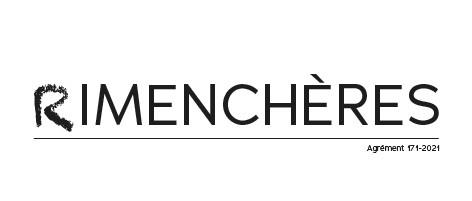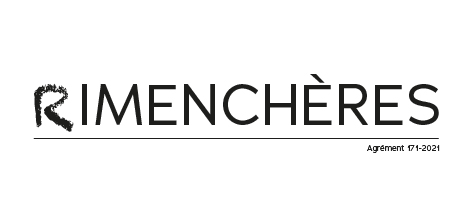Lot n° 112
Estimation :
70000 - 80000
EUR
Portrait monumental de Nasir al-Din Shah Qajar
Iran, Qajar art, signature lower left of the artist Ja'far (Dâr al-Funûn in Tehran), dated 1875-76
Oil on canvas. Full-length portrait on a gray background. The ruler is posed seated on a chair, facing forward, with gloved hands resting on his thighs. He is wearing a ceremonial outfit with gold braids and epaulets and a long turquoise blue ribbon with a diamond belt on it. On his head, a headdress decorated with an aigrette. He holds a sword in his left hand. Inscribed in the lower left corner in shekaste nasta'liq which reads: "'amal-e kamtarîn-e khanzâd Ja'far tarbiat yâfteh-ye madreseh-ye mobarakeh-ye dâr al-Funun sana (1)292H.", the work of the humble Ja'far, brought up at home, educated at the blessed school dâr al-Funun (house of arts), year 1292H./1875-76. Canvas enlarged by the artist to allow for monumental size; formerly rolled, mounted on stretcher, snagged with small crack at lower right. Repaints and restorations. The lower part shows repaints around the signature, which has remained preserved on its original lighter colored background.182 x 94 cm . Private collection of Dr. Parviz Faraz, Paris, late 1970s. Acquired directly from his family. Then by descent to the present owner.
Theart of portraiture in Iran reached its peak during the reign of two Qajar rulers, Fath 'Ali Shah (r. 1797-1834) and his great-grandson Nasir al-Din Shah (r. 1848-1896), who used their image as a means of asserting imperial power. The long reign of Nasir al-Din Shah Qajar (or Nasreddin Shah), born in 1831, corresponded to a period of modernization in Iran. In artistic matters, the ruler supported a more realistic style of painting, whose changes in conventions and the proven influence of photography contrasted with the style developed under his grandfather Fath 'Ali Shah. The painting presented here, with its beautiful face and surprisingly real background, embodies the artistic criteria of this period. Passionate about archaeology and history, Nasir al-Din became interested in photography very early on. The first copies of the daguerreotype, a French invention of 1839, arrived in Iran at the beginning of the 1840s, and were presented at the Royal Palace in Tehran in 1842. Very interested in this new technique, the young 19 year old sovereign ordered a series of pictures of sites and monuments from a French photographer, and then initiated himself to photography. He was the first Iranian sovereign to visit Europe, on three occasions, in 1873, 1878 and 1889, where he visited the World Fairs of 1878 and 1889. He was able to see for himself the modernization and industrialization of Europe. He developed transnational exchanges between Europe and Iran and paved the way for modernity by combining continuity and innovation (Elahe Helbig, "Edification of a power, composition of a history. L'héritage photographique de l'époque qajare" in: Gwenaëlle Fellinger (Ed.), L'Empire des Roses. Masterpieces of Nineteenth-Century Persian Art, Musée du Louvre-Lens, Louvre-Lens, 2018, pp. 390-401). The painter Ja'far studied under Sani' al-Mulk at the famous College of Fine Arts "Dar al-Funun", founded in 1851, where photography was taught. He then taught there, and signed his paintings with the name "Dar al-Funun". About Dar al-Funun, read Maryam Ekhtiar, "Nasir al-Din and the Dar al-Funun: the Evolution of an Institution", in: Iranian Studies Vol. 34, numbers 1-4, 2001, pp. 153-163. Among the works of Ja'far listed, different signatures have been noted. Another portrait of Nasir al-Din Shah seated, of slightly different dimensions, is signed exactly the same way and also dated 1292 H. (1875-76), cited and referenced from collection no. 6 (Collection of Prince Sadruddin Agha Khan) in: Karimzadeh Tabrizi, The Lives and Art of Old Painters of Iran, vol. 1, London, 1985, p. 130, n°3 and p.439, n°6. Another painting representing the sovereign standing on a terrace, leaning on a chair upholstered with green velvet, with the same signature in nasta'liq can be seen on the internet (https://www.globalgallery.com/detail/266626/jafar-portrait-of-nasir-al-din-shah-qajar). Another painting signed Ja'far, depicting a Qajar court minister, was sold at Christie's in London on 10 October 2006, lot 149. The signature written in nasta'liq indicated "amal-e mirza ja'far naqqash-e madreseh-ye mobarakeh-ye dar al-funun", (More on PDF). Expert L.S.
My orders
Sale information
Sales conditions
Return to catalogue


